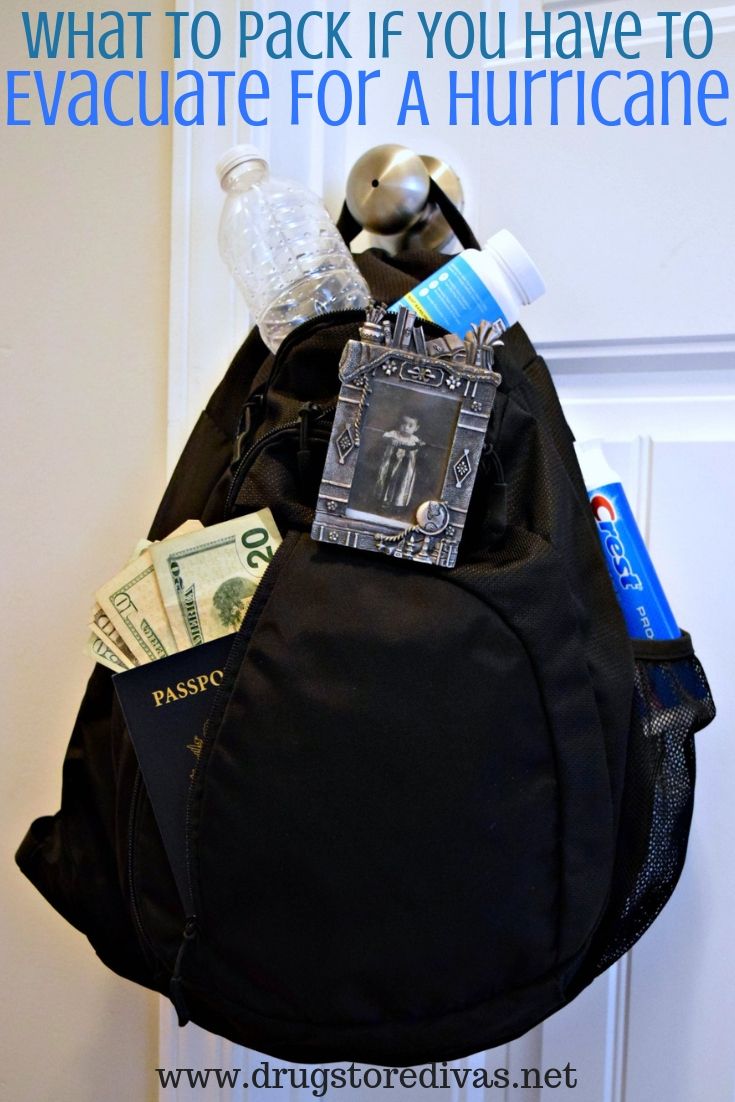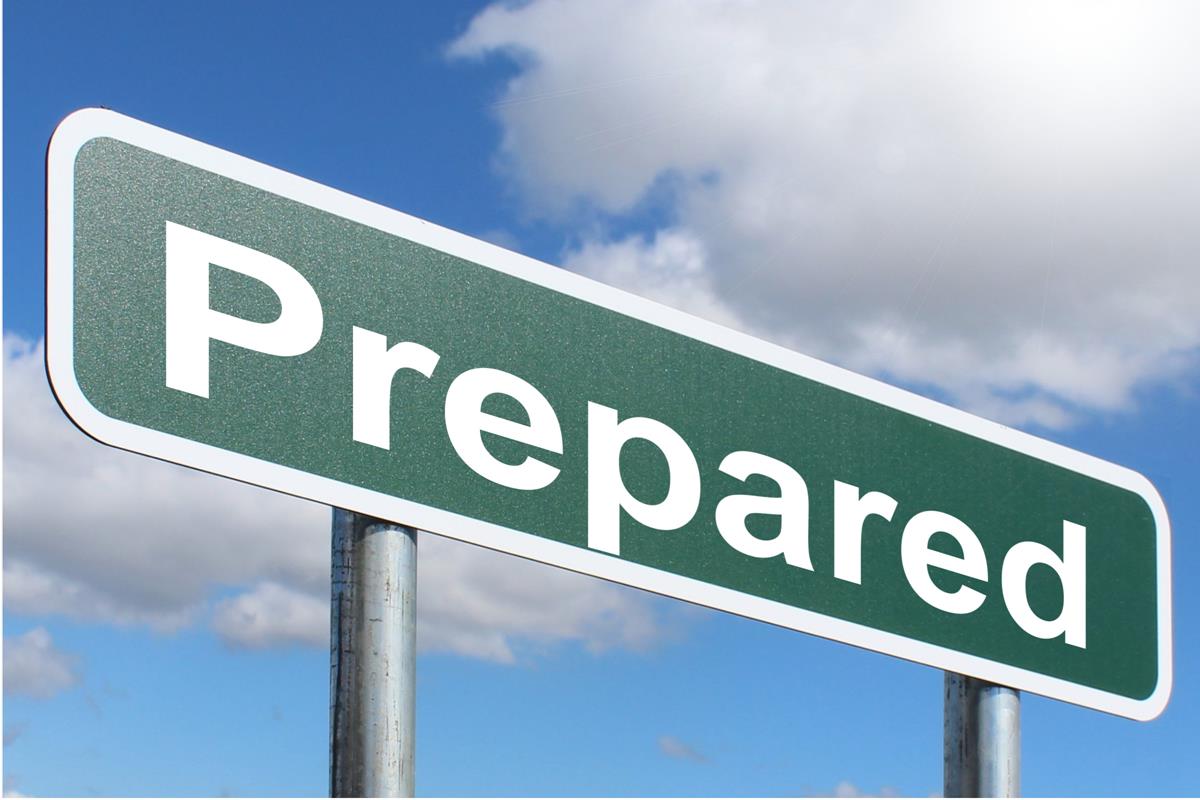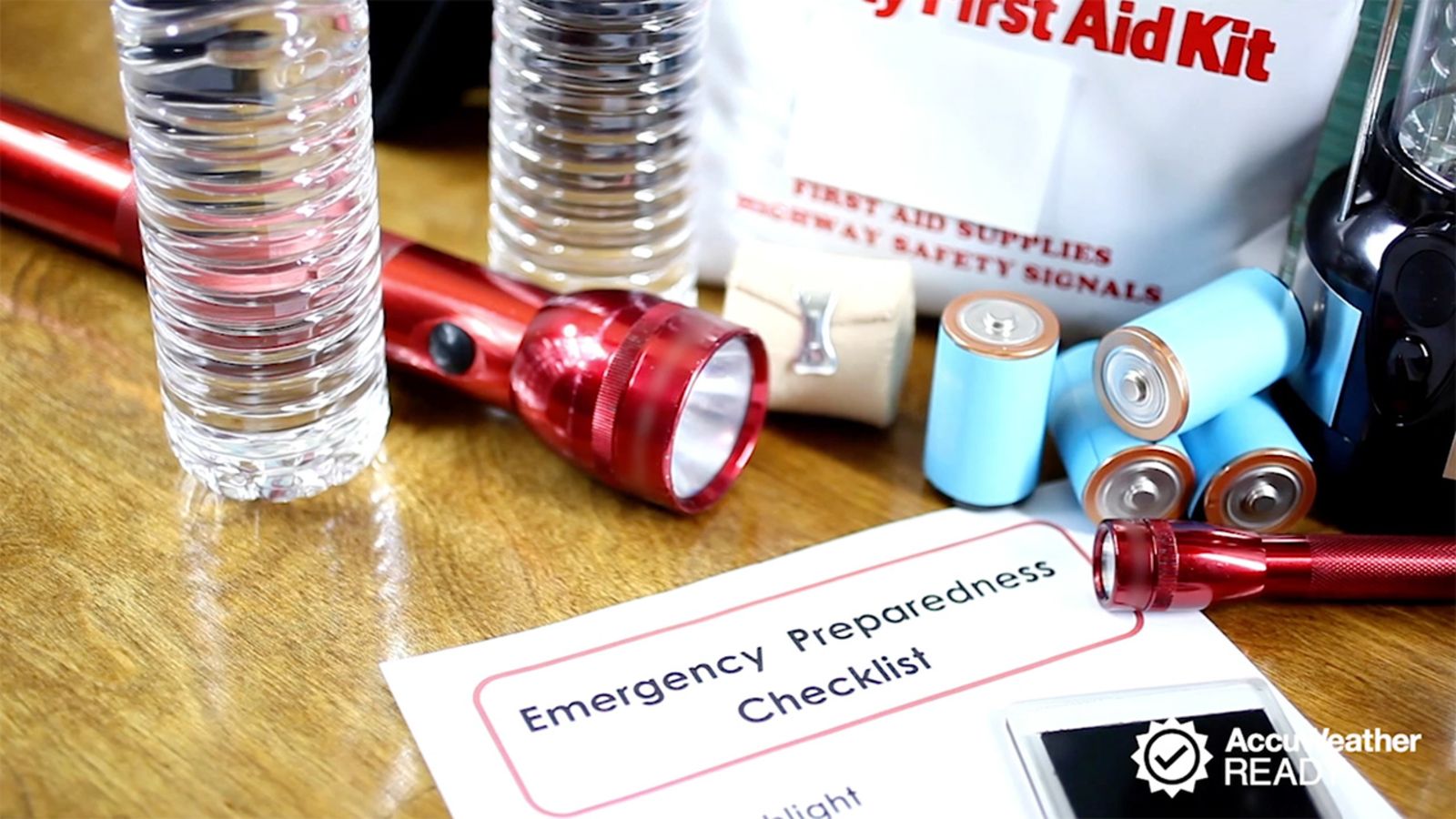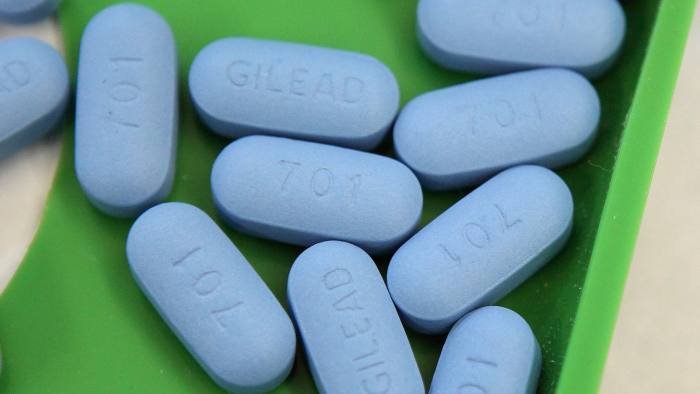A survival backpack is an essential tool for anyone who spends time outdoors, whether it’s for hiking, camping, fishing, or any other activity. Having the right gear in your backpack can mean the difference between a safe and enjoyable experience and a dangerous or even life-threatening situation.
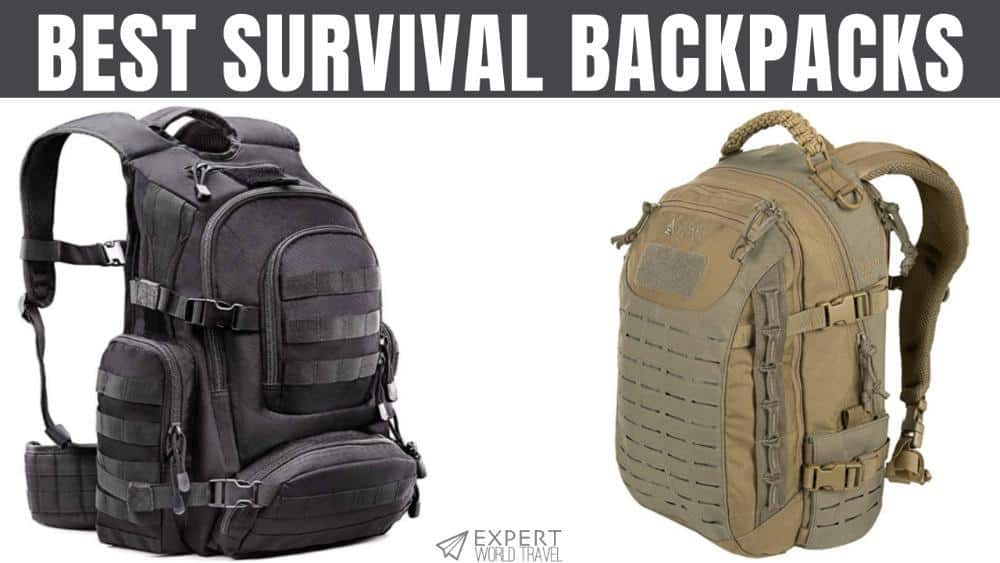
Here are some of the essential items that you should have in your survival backpack:

- Navigation Tools:
- Map and compass: A detailed map of the area you’ll be visiting and a compass to help you orient yourself.
- GPS device: A GPS device can provide precise location information and help you navigate even in unfamiliar territory.
- Water and Food:
- Water: At least two liters of water is recommended, but more is always better, especially if you’ll be in a hot or dry environment.
- Food: Non-perishable food items like energy bars, trail mix, and protein bars are all good choices.
- First Aid Kit:
- A well-stocked first aid kit can help you treat minor injuries and illnesses. Make sure yours includes bandages, antiseptic wipes, pain relievers, and any medications you may need.
- Fire Starter and Shelter:
- Fire starter: A lighter, matches, or a fire starter kit can help you build a fire, which is essential for cooking food, providing warmth, and signaling for help.
- Shelter: A tarp or a portable tent can provide protection from the elements.
- Signal Devices:
- Whistle: A whistle can be used to signal for help.
- Flashlight: A flashlight can help you see in the dark and signal for help.
- Mirror: A mirror can be used to reflect sunlight and signal for help.
- Multi-tool:
- A multi-tool is a versatile tool that combines several tools into one, including a knife, pliers, a screwdriver, and a saw.
- Personal Protection and Survival Knife:
- A personal protection tool like a whistle, pepper spray, or personal alarm can help keep you safe in potentially dangerous situations.
- A survival knife can be used for various tasks, including cutting, carving, and preparing food.
- Communication:
Cell phone and portable charger: A cell phone can be used to call for help or send a text message. A portable charger can keep your phone powered up.
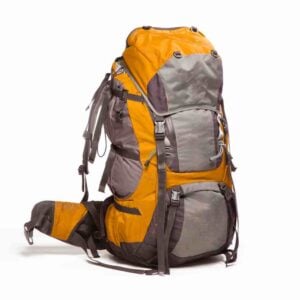
Personal Locator Beacon (PLB) or Satellite Messenger: If you’re going to be in an area without cell phone coverage, consider bringing a PLB or satellite messenger, which can send a distress signal to emergency services.
- Miscellaneous Survival Items:
- Sunglasses and sunscreen: To protect yourself from the sun.
- Hat and gloves: To protect your head and hands from the elements.
- Rain gear: To keep you dry in wet weather.
- Duct tape and zip ties: For quick repairs and securing items.
- Needle and thread: For sewing repairs.
- Emergency Plan:
Create a detailed emergency plan outlining what to do if you get lost or injured. Share this plan with a friend or family member and make sure they know how to reach you in case of an emergency.







